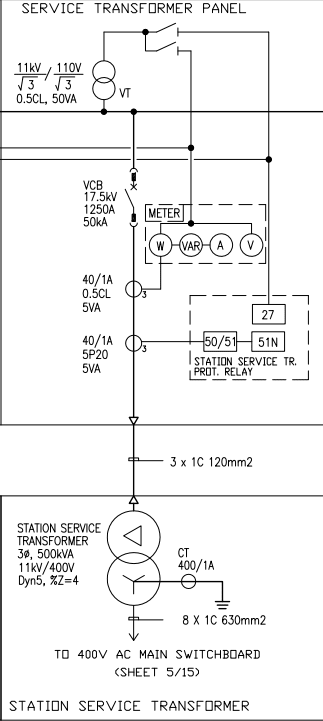akhtarbiqadri1
Electrical
- Jan 23, 2024
- 14
Is 87T able to change the setting value automatically according to generator status so 87T won't activate for tripping while the generator is in stand-still status?
Follow along with the video below to see how to install our site as a web app on your home screen.
Note: This feature may not be available in some browsers.

wcaseyharman said:you don’t need to

